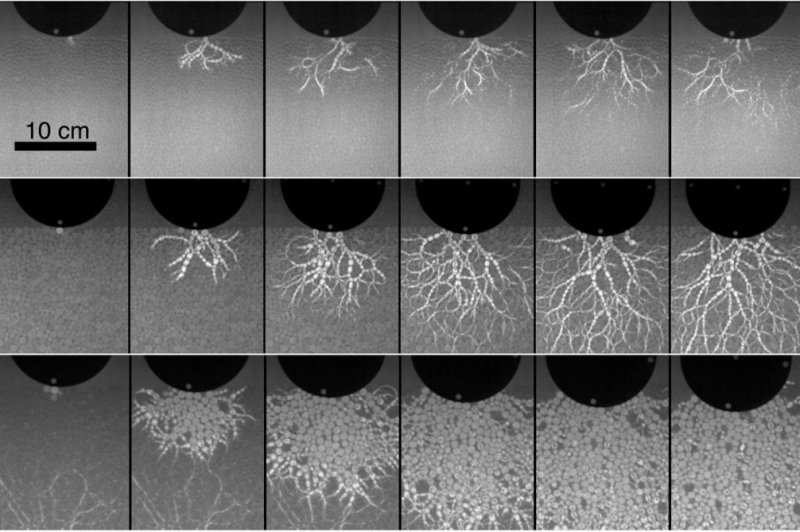DURHAM, N.C., April 10 (UPI) -- What happens to the subsurface soil and sand impacted by missile or meteor? It's not an everyday question, but it's one that intrigued scientists at Duke University, so a group of physicists there decided to find out.
Neither waiting for a meteor impact nor shooting real missiles at the ground were viable options, so the scientists simulated high-intensity impacts in the lab using artificial sand and soil. To mimic the impact, researchers dropped a bullet-like pointed metal ball from seven feet above.















